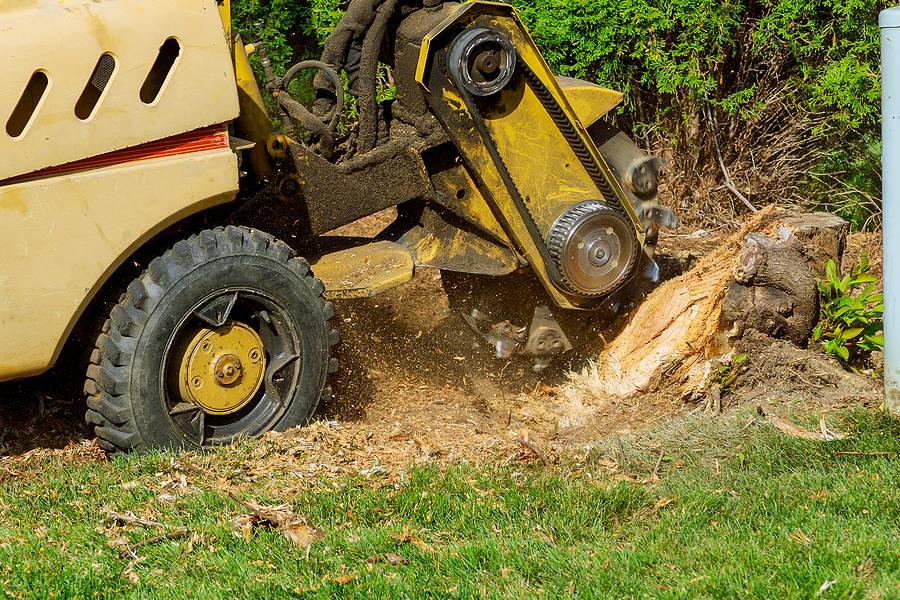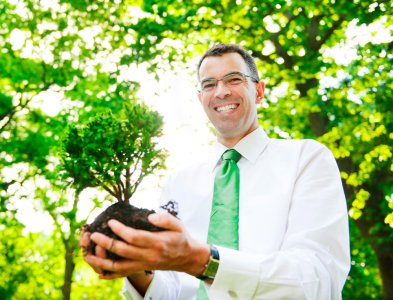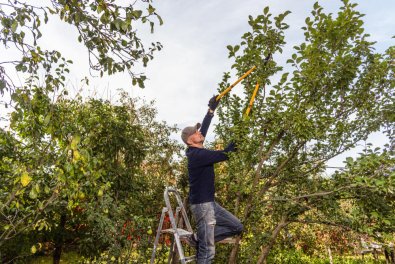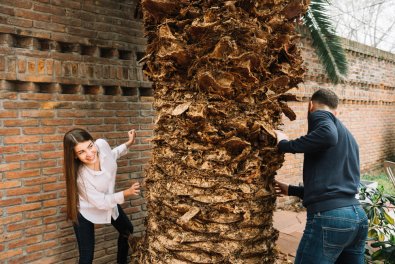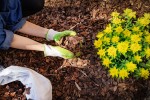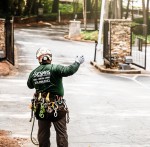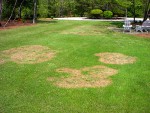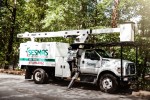Will a Tree Grow Back After Grinding Down the Stump?
Stump grinding is a popular and effective method for removing tree stumps. However, it is expected to wonder whether a tree can grow back after grinding down the stump. While stump grinding eliminates the visible portion of the tree, it is not the same as complete tree removal. The Sesmas Tree Service is a trusted tree care company that understands this concern and provides pertinent information to ensure peace of mind. Let’s delve into this joint inquiry among property owners to help you act accordingly.
Understanding the Stump Grinding Process
Stump grinding involves using a grinder to reduce the stump into small wood chips. The stump grinder removes the visible part of the stump by grinding it several inches below ground level. However, the root system is left intact, causing potential regrowth. While stump grinding effectively removes the stump, it doesn’t address the roots that spread out beneath the soil. Arborists leverage industry-standard equipment to provide quality tree removal services, mitigating regrowth and subsequent repercussions.
Factors That Influence Regrowth
The ability of a tree to regrow after stump grinding depends mainly on the tree’s species. Trees such as willows, poplars, and elms have vigorous root systems and a high potential for regrowth. These trees can send up new shoots even after their stumps have been ground down. Other species, such as oaks or pines, are less likely to regenerate, as they rely more on their trunks for survival.
In addition, the age and health of the tree before removal also play a role in regrowth. Younger trees or trees that were still thriving when they were cut are more likely to regenerate. On the other hand, trees that were already dying or diseased may not have the energy to produce new growth.
How to Prevent Regrowth
If you’re concerned about the tree regrowing after stump grinding, consult tree service professionals for effective prevention methods. One of the most effective ways is to apply an herbicide to the remaining stump and roots. A reputable tree care company can recommend herbicides to kill tree roots after stump grinding to prevent new shoots from developing.
Another option is to manually remove any shoots that emerge from the stump or surrounding roots. However, cutting them back regularly until the root system deteriorates is time-consuming and requires consistent attention.
What Happens to the Root System?
When you grind a tree stump, the root system remains in the soil until it decays naturally. The decomposition process can take several years, depending on the size and species of the tree. While the roots are rotting, they do not usually cause problems for your yard. However, in some cases, extensive root systems can leave holes in the soil, which may settle and create small dips in your landscape. If you want to prevent future growth entirely, hire a tree service expert for a complete removal.
While stump grinding effectively removes the visible part of a tree, it doesn’t always guarantee that the tree won’t regrow. Depending on the species and health of the tree, new shoots may emerge from the root system. Fortunately, there are steps you can take to prevent regrowth. Contact us at the Sesmas Tree Service to understand the potential for regrowth and take appropriate measures to ensure your yard remains stump-free. Whether you’re concerned about the aesthetics of your yard or want to avoid future growth, our arborists can handle stump grinding and provide proper post-treatment care.


